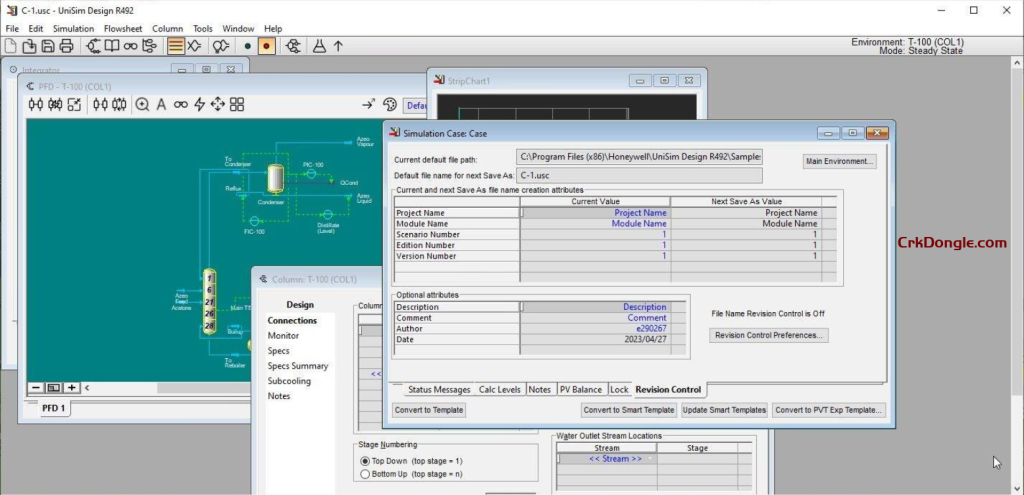Honeywell UniSim Design is a powerful process simulation software that visualizes processes and provides powerful tools to help engineers simulate work processes in a sustainable and dynamic manner, enabling them to optimize design and execute processes with minimal project risk before incurring additional costs in an integrated environment. Powerful simulation and analysis tools, real-time application software, and integrated engineering solutions all help companies improve their design level, optimize production processes, and enhance decision-making capabilities. The UniSim Design Suite is fully compatible with the models created by the UniSim operations and optimization suite, and supports interoperability with them.
UniSim Design Suite is a powerful process modeling software that provides steady-state and dynamic process simulation in an integrated environment. It provides powerful tools to help engineers improve process optimization design with lower project risks before investing in capital expenditures. The main use cases for process modeling using the UniSim design suite include:
Process development
Using case scenario tools to optimize design based on business standards
Equipment ratings under various operating conditions
Evaluate the impact of feed changes, chaos, and alternating operations on process safety, reliability, and profitability
Accurately determine the size of the sewage system and select appropriate materials
Monitor device performance against operational objectives.
Honeywell recently released the latest version of the process simulation software UniSim Design R492. This version emphasizes Honeywell’s commitment to helping customers achieve net zero emissions and includes enhancements to key features. The main updated functions are as follows:
Promote sustainable development and achieve net zero emissions
Green H2: New addition of alkaline electrolytic cell unit operation
UniSim R492 introduces the operation of alkaline electrolytic cell units, which can be adjusted according to licensor data to achieve evaluation of design specifications, feasibility study of facility design, and simulation of balancing devices for capital expenditure estimation.
CO2 emissions: updated emission tools
The updated emission tool now includes a classification of Scope 1 and Scope 2 emissions, which can better analyze and manage carbon emissions.

